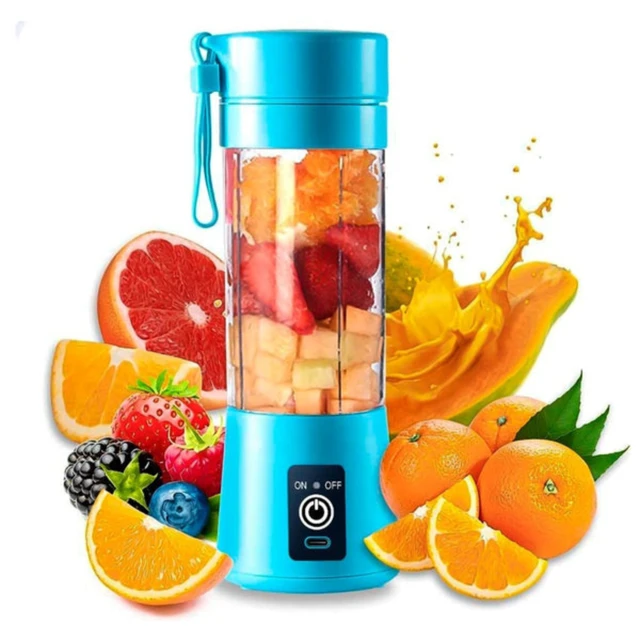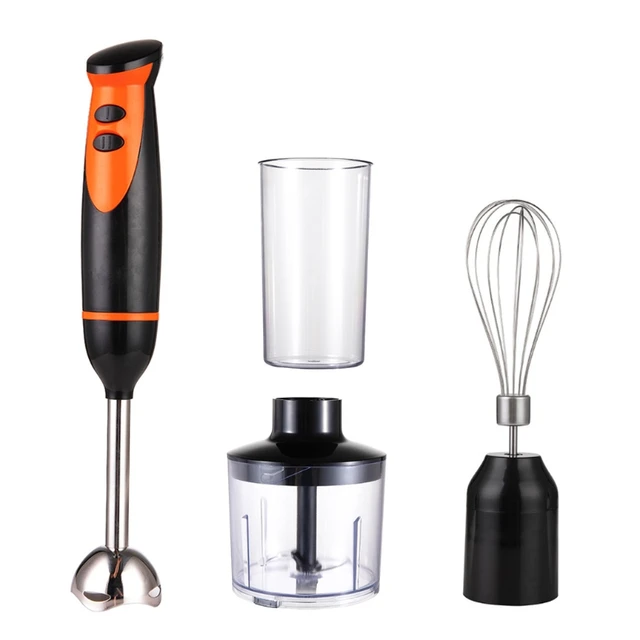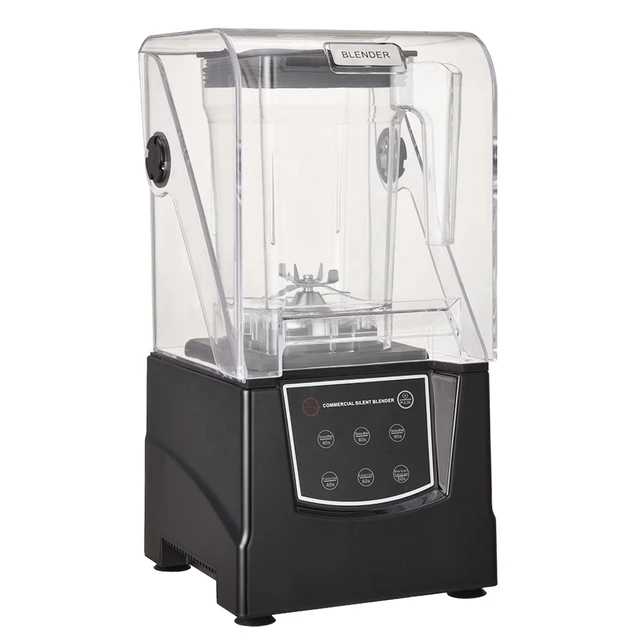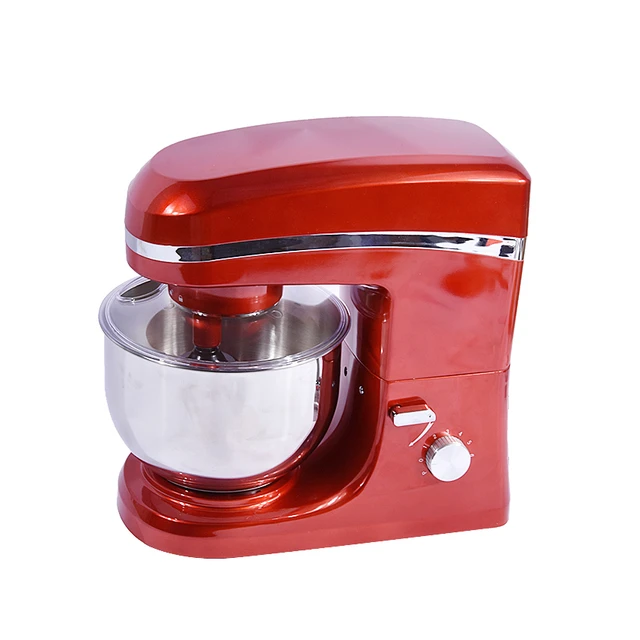
Introduction
Food processors and blenders are both essential kitchen appliances that simplify food preparation and save time. While they share similar functionalities, there are notable differences in their design, size, and capabilities. In this guide, we will compare the size of food processors and blenders, exploring their respective features and applications. By understanding these distinctions, you can determine which appliance best suits your culinary needs and kitchen space.

How do the size of a food processor compare to a blender?
Size Considerations for Food Processors
1.1. Overall Dimensions
Food processors generally have a larger footprint compared to mixers. They are designed with a wider and more robust base to accommodate their various accessories and attachments. The dimensions of food processors can vary, but they commonly measure around 10 to 15 inches in height and 9 to 12 inches in width.
1.2. Bowl Capacity
Food processors typically feature larger and deeper bowls to handle substantial quantities of ingredients. The bowl capacity of a food processor can range from 7 to 16 cups, allowing for the preparation of large batches of food. The bowl size is an essential factor to consider, especially when processing ingredients in bulk or for larger families.
1.3. Attachments and Accessories
One of the defining characteristics of food processors is their assortment of attachments and accessories. These appliances often come with interchangeable blades and discs for various functions such as slicing, shredding, grating, and dough kneading. The availability of these additional components contributes to the overall size and versatility of a food processor.

Size Considerations for Blenders
2.1. Compact Design
Blenders are generally more compact in size compared to food processors, making them easier to store in smaller kitchen spaces. Their slender and streamlined design allows for greater maneuverability and efficient use of countertop space. Blenders commonly measure around 12 to 16 inches in height and 7 to 8 inches in width.
2.2. Jar or Pitcher Capacity
The size of a blender can be determined by its jar or pitcher capacity. Blenders generally have smaller containers compared to food processors. The jar capacity can range from 32 to 64 ounces, depending on the model. This size is suitable for blending individual servings or small to medium batches of ingredients.
2.3. Lid Design and Opening
Blenders are equipped with specially designed lids that allow for easy pouring and adding ingredients while in use. The lids typically have removable plugs or openings to accommodate the addition of liquids or solids during blending. This convenient feature contributes to the compact size and functionality of blenders.

Functionality and Usage
3.1. Food Processor Functions
Food processors are highly versatile appliances that excel in tasks such as chopping, pureeing, slicing, shredding, and dough kneading. They are designed to handle a wide range of ingredients, including vegetables, fruits, meat, nuts, and grains. The powerful motor and various attachments enable precise and efficient processing, making food processors ideal for meal preparation and advanced culinary techniques.
3.2. Blender Functions
Blenders, on the other hand, specialize in blending, pureeing, and liquefying ingredients. They are primarily used for making smoothies, shakes, soups, sauces, and dips. Blenders are especially adept at crushing ice and breaking down fibrous ingredients, ensuring a smooth and uniform texture. While blenders have limited slicing and shredding capabilities, they don’t offer the same range of functions as food processors.
Versatility and Multi-functionality
4.1. Food Processor Versatility
Food processors are known for their versatility due to the range of attachments and accessories they offer. With the appropriate blades or discs, a food processor can perform tasks such as slicing vegetables, grating cheese, kneading dough, and even emulsifying dressings. This versatility makes food processors an excellent investment for those who enjoy experimenting in the kitchen.
4.2. Blender Multi-functionality
While stick blenders may not offer the same breadth of functions as food processors, they can still be versatile appliances. Many blenders come with additional attachments like personal-sized cups, grinding blades, or food processing bowls, which allow for a wider range of applications. These attachments expand the blender’s capabilities to accommodate tasks such as grinding coffee beans, making nut butter, or chopping small amounts of ingredients.

Choosing the Right Appliance for Your Needs
5.1. Consider Cooking Habits
To determine whether a food processor or blender suits your needs, consider your cooking habits and the types of recipes you commonly prepare. If you regularly cook meals that require slicing, shredding, or kneading dough, a food processor would be a valuable addition to your kitchen. If your primary focus is on blending smoothies, soups, or sauces, a blender may be more suitable.
5.2. Assess Kitchen Space
Evaluate the available space in your kitchen before selecting an appliance. If you have ample countertop space or a dedicated storage area, a food processor can be a practical choice. However, if your kitchen is limited in space or you prefer a more compact appliance, a blender may be the better option.
5.3. Consider Budget Constraints
Budgetary considerations can also influence your decision. Food processors, with their larger capacities and additional attachments, tend to be more expensive than blenders. Assess your budget and weigh the features and functions of each appliance to find the best fit for your financial constraints.
Additional Considerations
7.1. Noise Level
It’s worth noting that both food processors and blenders can generate significant noise during operation. However, blenders tend to be slightly louder due to their high-speed blending capabilities. If noise is a concern, look for models that offer noise reduction features or operate at lower decibel levels.
7.2. Cleaning and Maintenance
When comparing the size of food processors and blenders, it’s important to consider the cleaning and maintenance requirements of each appliance. Food processors typically have more components, including blades, discs, and bowls, which may require thorough cleaning after each use. Blenders, with their simpler design and fewer parts, are generally easier to clean and maintain.
7.3. Safety Features
Both food processors and blenders come with safety features to prevent accidents during operation. These can include locking mechanisms, safety interlocks, and non-slip bases to ensure stability. When choosing an appliance, consider the safety features that are important to you and select a model that meets your requirements.

Conclusion
Food processors and blenders serve distinct purposes in the kitchen, each offering unique features and benefits. Food processors are larger in size, equipped with various attachments, and excel in tasks such as slicing, shredding, and dough kneading. Blenders, with their compact design, specialize in blending, pureeing, and liquefying ingredients. When deciding between the two, consider your specific cooking needs, kitchen space, and budget. By understanding the size and capabilities of food processors and blenders, you can make an informed decision and choose the appliance that best suits your culinary adventures and kitchen requirements.